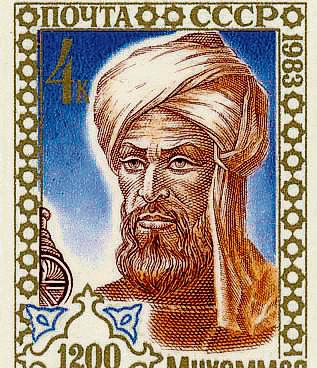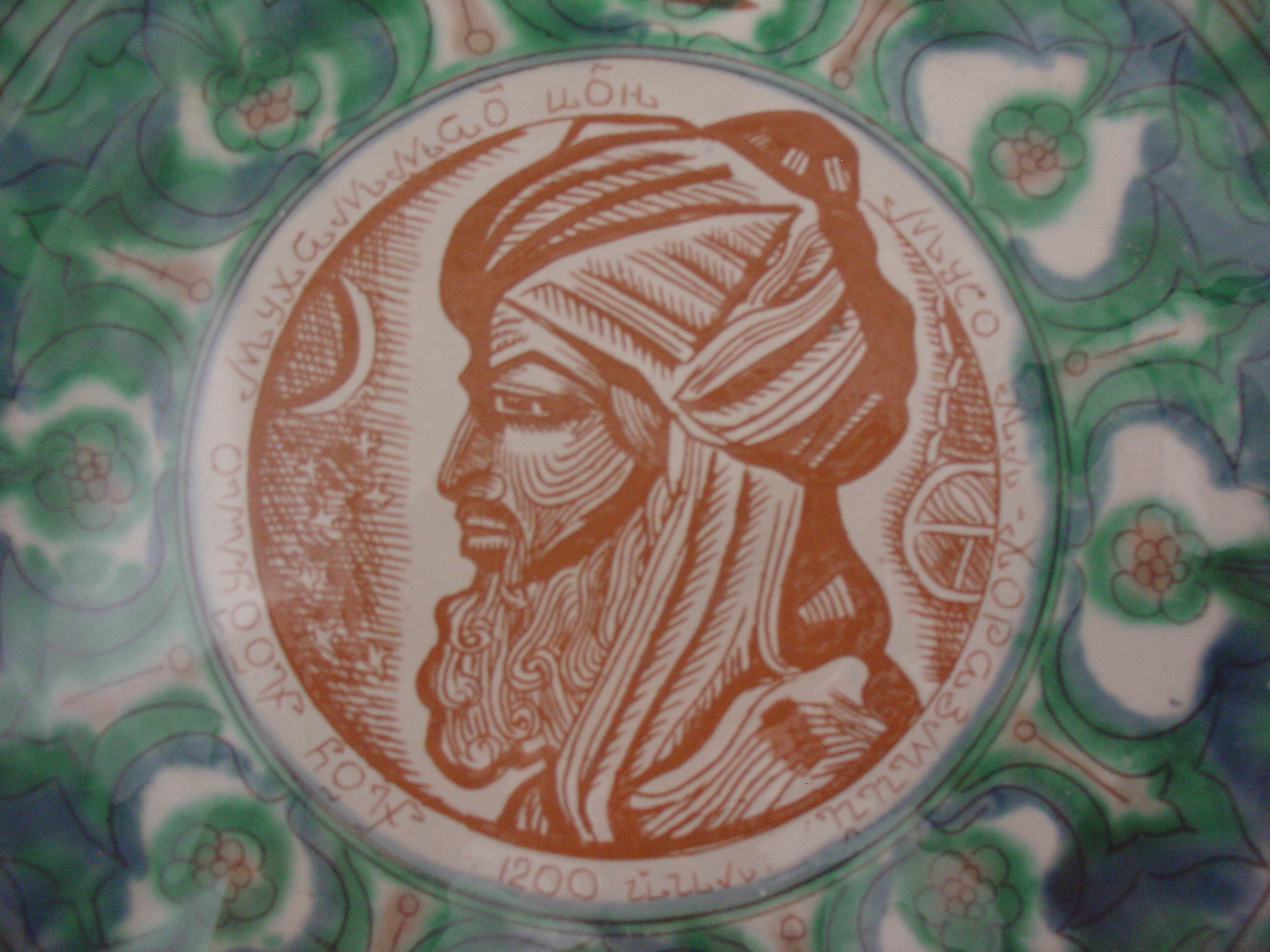In a world in which algorithms are beginning to decide entire lives, from the possibility of finding jobs to the music we listen to or the couples suggested by applications, it is curious to think that the sophisticated word algorithm comes from the last name of a great Persian mathematician, born in present-day Uzbekistan, who lived more than a thousand years ago: Mohamed ben Musa Khwarazmi, Arabized as al Khwarizmi and hence Latinized as Algoritmi. In Spanish, this mathematician and geographer who lived between 780 and 850 approximately is known as Al Juarismi and his name has also given rise to the word figure.

In a time of splendor of the Islamic world, Al-Khuarismi was the astronomer and head of the library of the House of Wisdom in Baghdad - often compared to the Library of Alexandria - and his books and finds made him the father of algebra, a word that comes from the title of one of his treatises, the Hisab al-yabr wa'l muqabala (Compendium of calculation by restoration and reduction). A book of eminently practical use for trade, inheritance or land measurement, but also the first known treatise that thoroughly studies the resolution of equations and that was used until the 16th century in European universities.

Al-yabr, restoration, the title word that has given rise to the term algebra, is one of the basic operations offered to solve equations and which consists, as any student knows, in passing the negative terms on one side of the equation as positive to the other. While the other operation, the muqabala, consists of simplifying the equation by grouping similar terms.
Indian figures will be seen as Arabs in the West to come from the Islamic world
But it is key for many more reasons: we owe him the numbers we use in the West, the Indians. In his Book of Addition and Subtraction according to Indian Calculus, he describes the decimal system that he has observed in mathematics from India and is the vehicle for the dissemination of these figures in the Arab world and, from there, to the European world, where they will just look like Arab figures, ours today.
Leonardo de Pisa, better known as Fibonacci, would be the last bridge for the Indian numbers to reach the West
A Europe where these figures will replace the less practical Roman numerals and will bring zero. A zero that comes from the word sunya in Sanskrit, empty, which becomes sifr in Arabic, and that Leonardo of Pisa, better known as Fibonacci, called zefiro in Italian in the 13th century, a word that was contracted to zero by the Venetians. A Fibonacci whose father was a merchant in Bejaia, Algeria, where he learned the figures that his son would promote in a Europe in which mathematical thinking and its possibilities would change, although it would still take centuries to completely replace the capital letters of ancient Rome.





